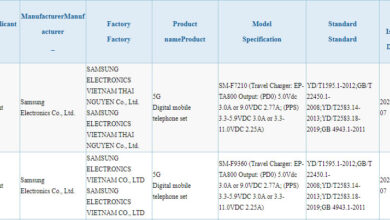As we reported, the Honor X10 will launch on May 20. This morning, a blogger on Weibo.com released a diagram of the internal structure of the Honor X10 dual-track structure, lifting the camera as well.
According to him, the dual-rail lifting camera we will see in the Honor X10 is more stable but more expensive than the single-track structure. The advantage of this technology is that the structure is more durable, and the middle is stressed while lifting the camera. The phone can be used for a long time without worrying about track deviation.
In our previous, we reported that the Honor X10 would use a 90Hz refresh rate display and support a 180Hz touch sampling rate. The phone will support up to 9 5G bands, which is the most in the industry. It entirely satisfies all the network construction needs of the three major domestic operators (in China) and overseas roaming needs in the upcoming three years. The phone also uses the large-area graphene heat dissipation technology for excellent gaming performance.
It has a 6.63-inch IPS LCD display with a resolution of 2400×1080. It features the Kirin 820 chipset, which also supports 5G connectivity and has already beaten the Snapdragon 855 and Kirin 980 in performance. The phone packs a 4200 mAh battery and supports 22.5W fast charging. The Honor X10 sports a triple camera setup on the back (40MP+8MP+8MP in the Pro version, 40MP+8MP+2MP in the base version) and a front pop-up camera.
The pricing and storage of the phone are still unconfirmed. The Honor X10 will be launched on May 20.







